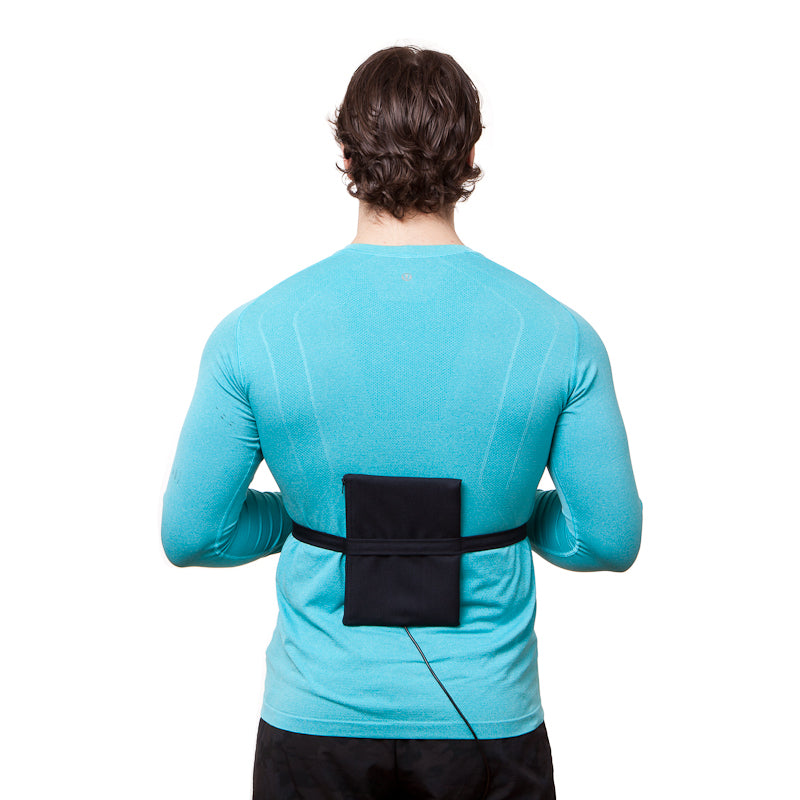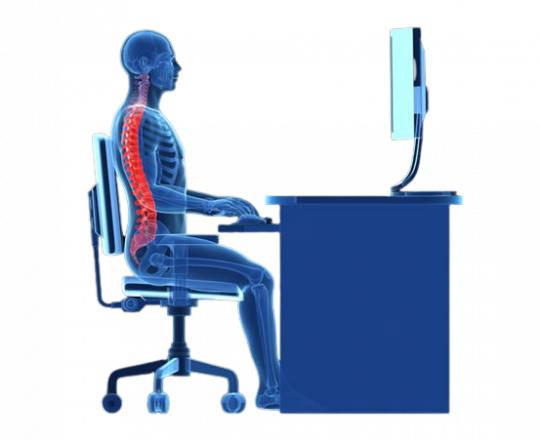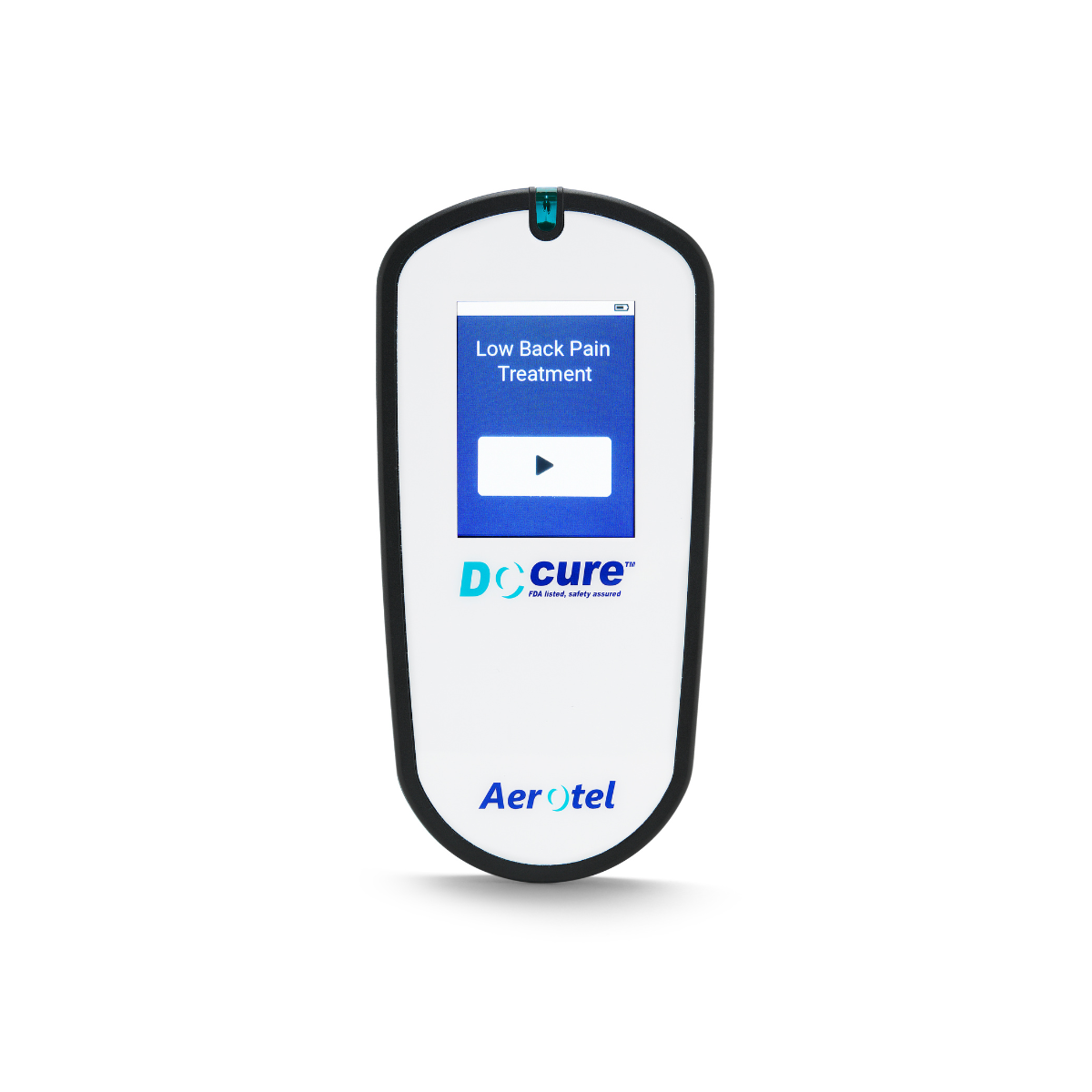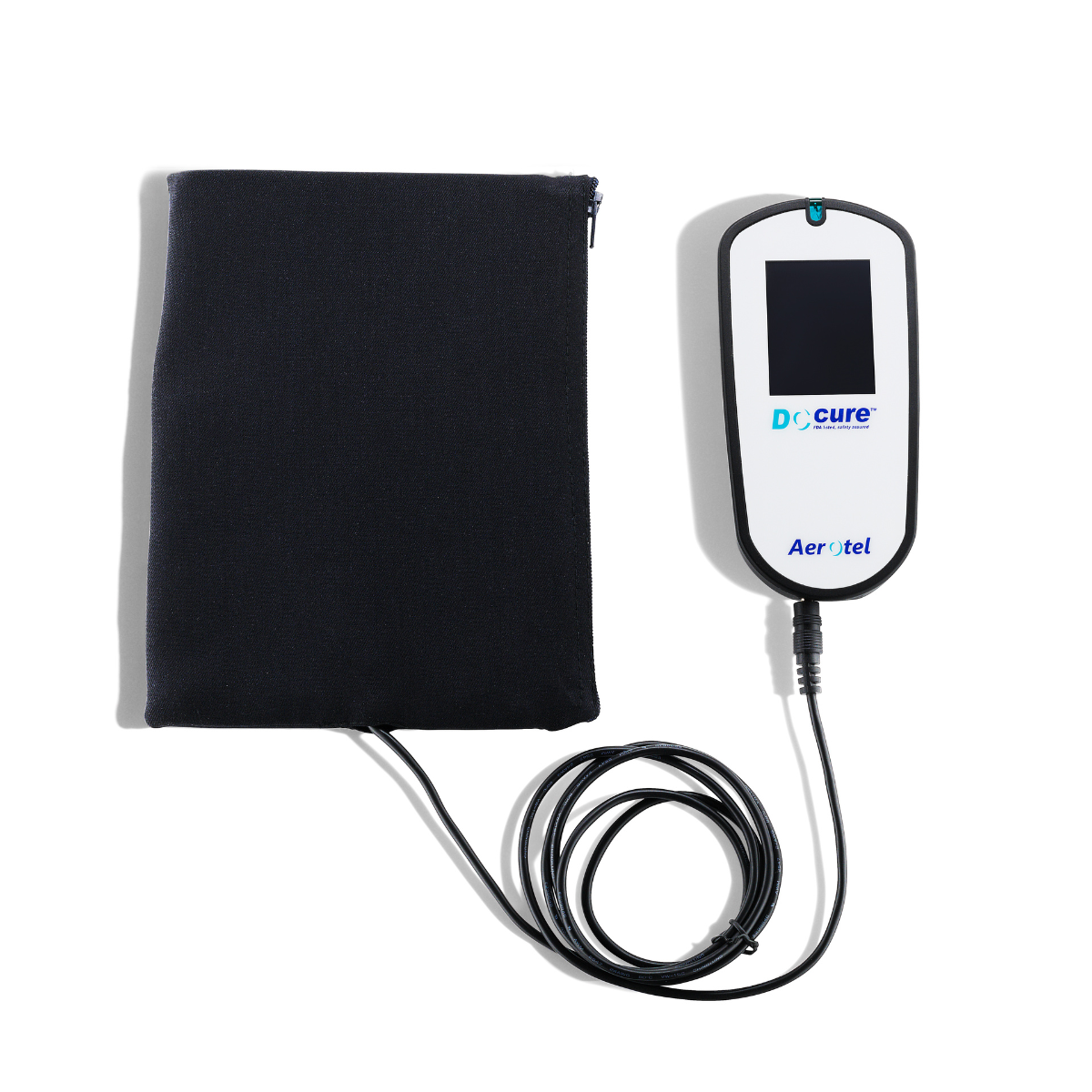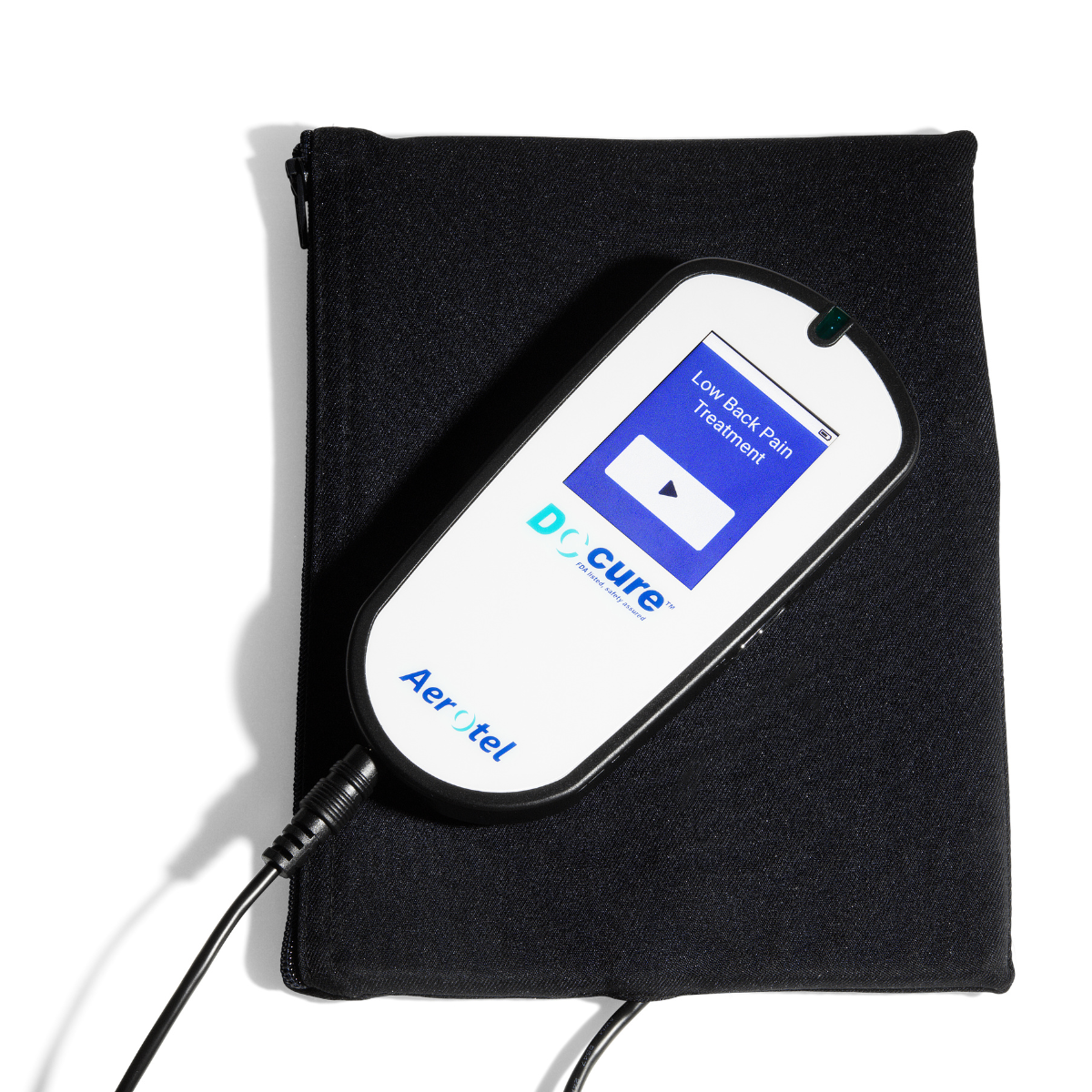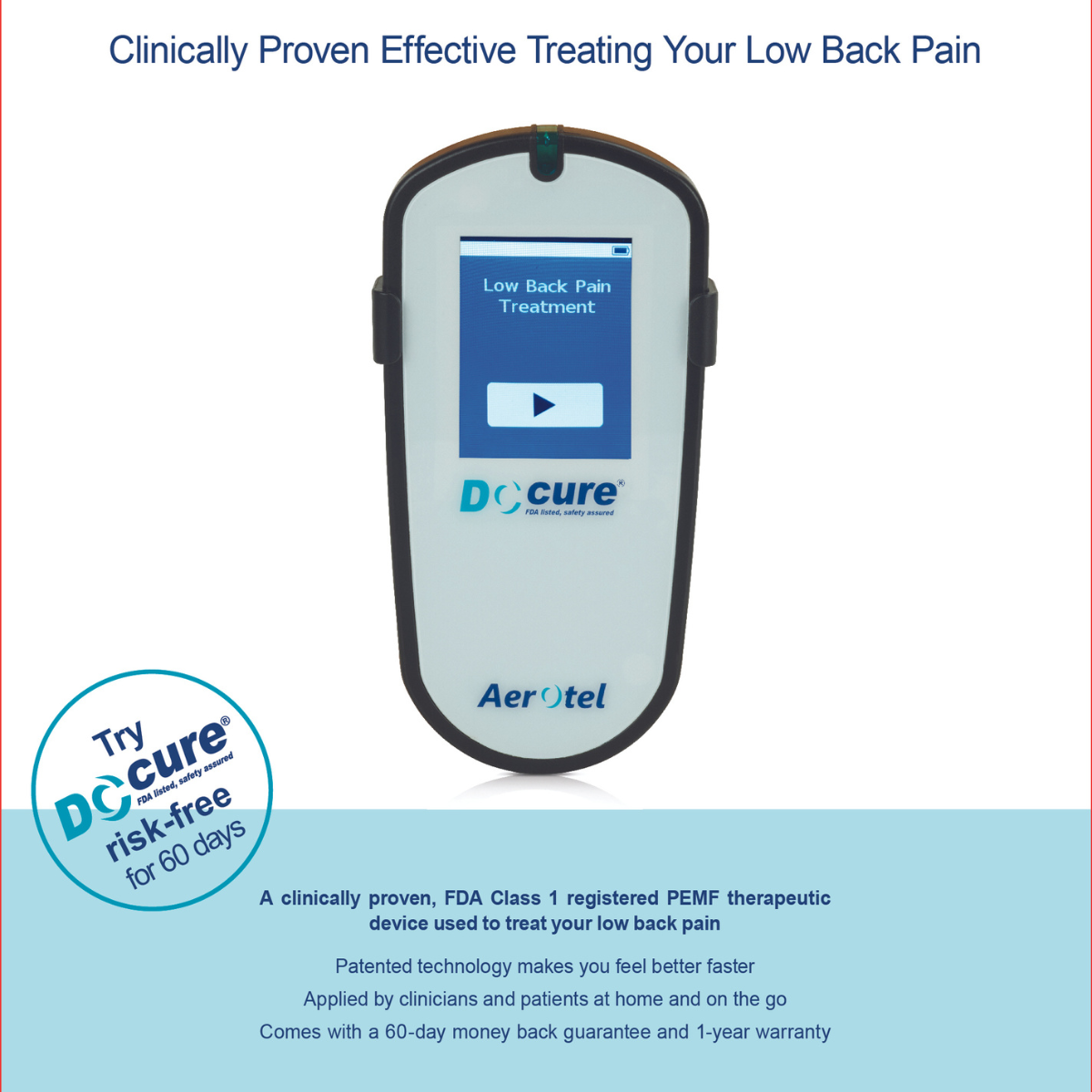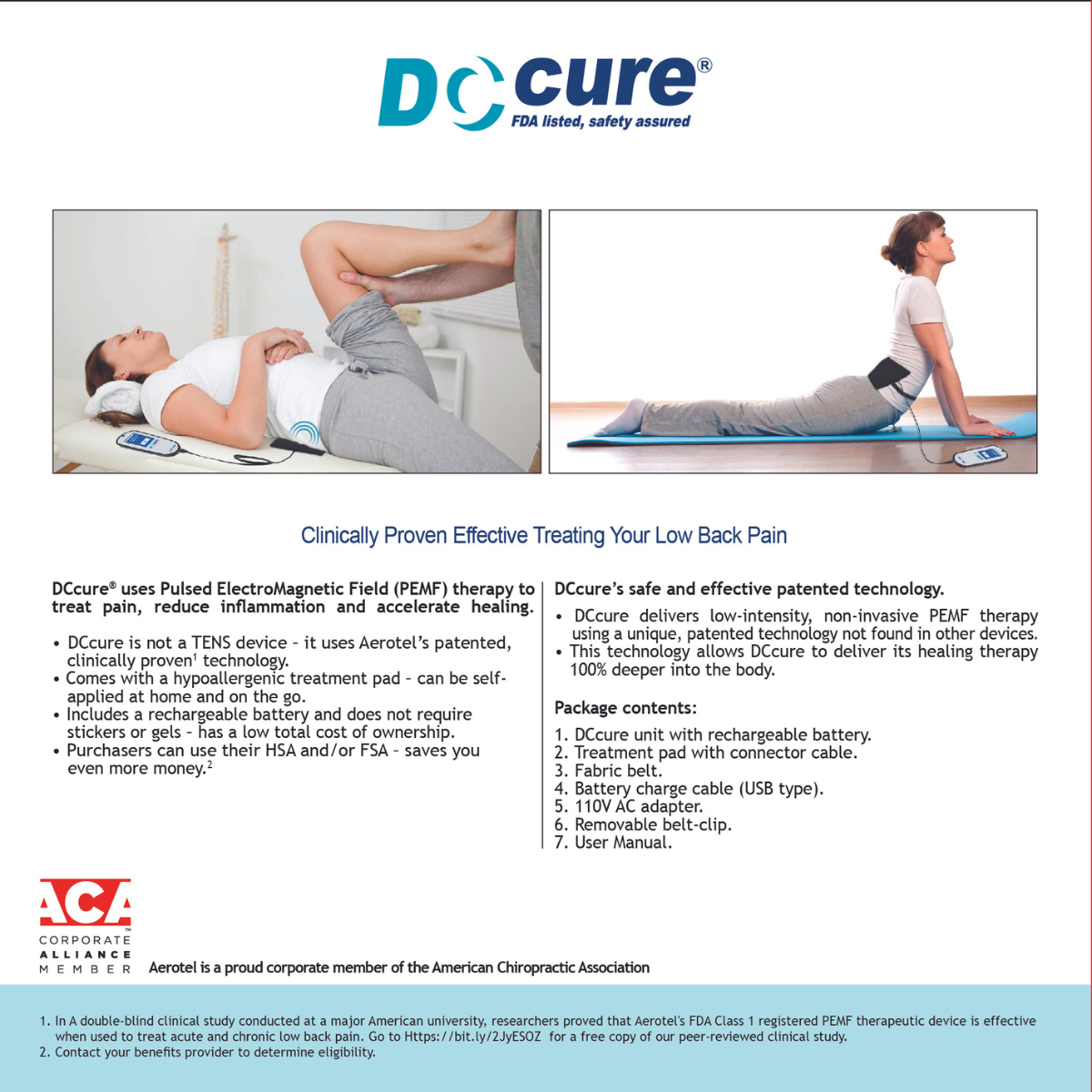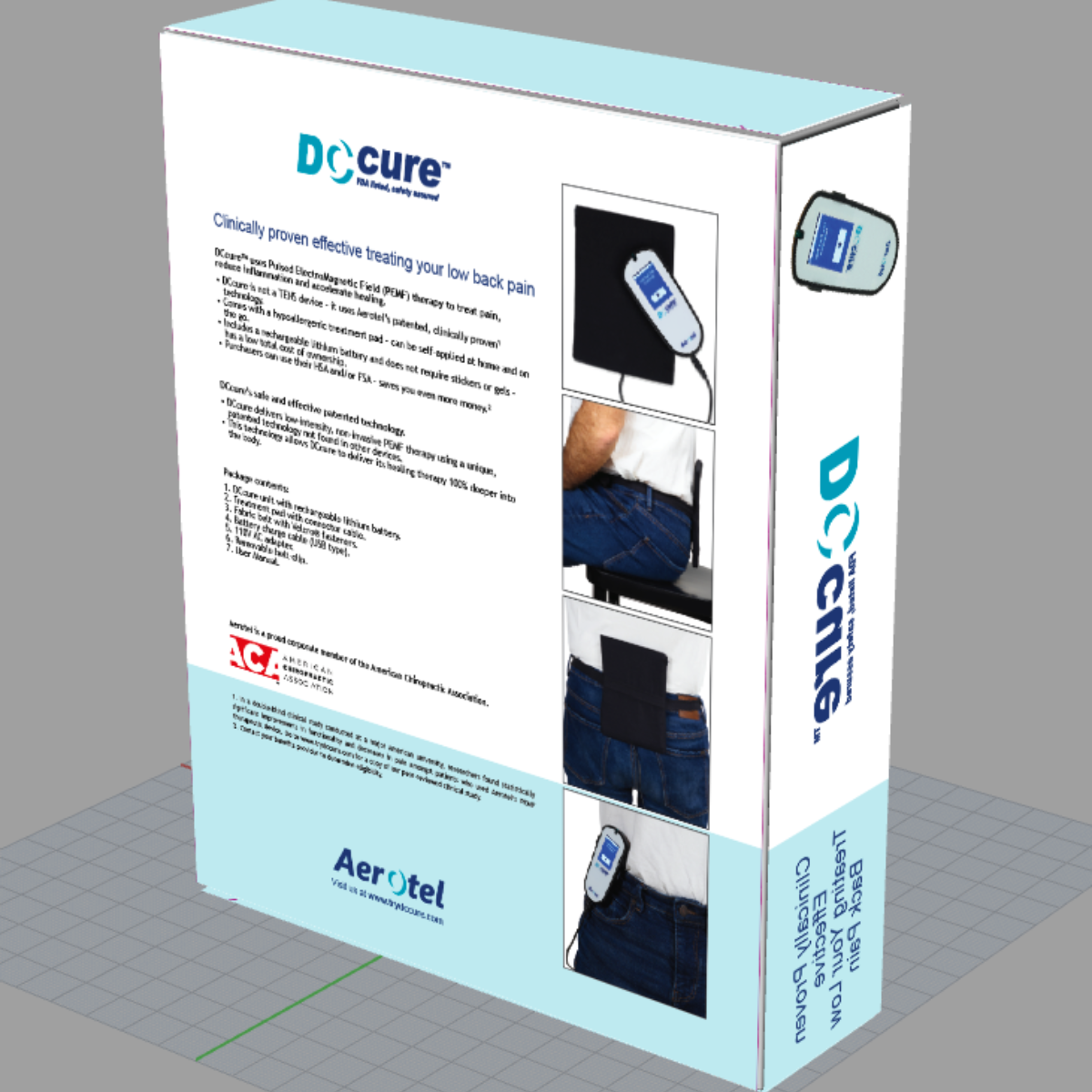Low back pain (LBP), a symptom, not a disease, is one of the most prevalent conditions in the United States. It is stated that approximately 70-80% of the world’s population suffer from low back pain at least once in their lifetime.
There are multiple causes and risk factors for low back pain. Risk factors are further divided into modifiable and non-modifiable risk factors. Obesity is a modifiable risk factor that is also one of the most prevalent conditions worldwide.
WHAT IS LOW BACK PAIN (LBP)?
Low back pain can present as a dull ache to a stabbing or shooting sensation. Low back pain (LBP) is usually a sensation of pain, typically between the lower rib margins and the buttock creases.
Low back pain is classified as acute, subacute, and chronic based on the duration of symptoms. If the symptoms persist for less than one month, it’s called acute, between one to three months is subacute, and chronic for more than three months.
It is one of the most common causes of absenteeism and work-related disability in the United States. According to the National Institute of Neurological Disorders and Stroke (NINDS), low back pain is the most common cause of job-related disability. It is also associated with socioeconomic burden and psychological distress to the patient.
WHAT IS OBESITY?
The World Health Organisation (WHO) defines obesity based on body mass index (BMI). And states that obesity is an abnormal or excessive accumulation of fat that can present a health risk. A body mass index (BMI) 30 is classified as obese. [1]
Obesity is a growing public health concern that is dramatically increasing day by day. It is also one of the most prevalent conditions. Almost one-third of the world’s adult population is overweight, as defined by body mass index (BMI).
Overweight and obesity are most commonly associated with musculoskeletal disorders, including low back pain (LBP). Obesity may place undue stress on the back, spine, and pelvic structures. The connection between obesity and low back pain is not fully understood, and controversial statements exist. Risk factors for low back pain
WHAT IS BODY MASS INDEX (BMI), AND WHAT IS ITS SIGNIFICANCE?
Body mass index (BMI) is a mathematical formula used to categorize based on weight. It considers a person’s weight in kilograms and square of height in meters. It is also called the Quetelet index.
Formula: Body mass index (BMI) = kilogram (kg) / meter (m)2
| Table 1.1: World Health Organisation (WHO) classification based on body mass index (BMI) | |
| BMI | Nutritional status |
| Below 18.5 | Underweight |
| 18.5 to 24.9 | Normal weight |
| 25.0 to 29.9 | Pre obesity |
| 30.0 to 34.9 | Obesity class-1 |
| 35.0 to 39.9 | Obesity class-2 |
| Above 40 | Obesity class-3 |
Significance: BMI is used to check the nutritional status in adults.
RISK FACTORS OF LOW BACK PAIN
The risk factors for low back pain (LBP) are classified into two main categories.
1) NON-MODIFIABLE RISK FACTORS
- Age
- Gender
- Dementia – Incapable to express the painful sensation
- Genetics
- Low-income
- Low education
- Prior work exposure
- Marital status
2) MODIFIABLE RISK FACTORS
- Psychological distress (anxiety or depression)
- Increased physical work demands
- Inactivity
- Obesity – More muscle mass puts weight on the muscles and extra stress that leads to pain.
- Smoking
- Falls
- Social environment
- Co-morbidity
HOW DOES OBESITY LEAD TO LOW BACK PAIN (LBP)?
American Obesity Association states that women with large waist sizes or who are obese are particularly at risk for lower back pain (LBP). [2] Obesity may have both meta-inflammatory and biochemical effects on the spine.
Obesity can also deteriorate low back pain. It is often a result of a poor lifestyle. In addition to back pain, obesity or overweight people may also have other symptoms like fatigue, shortness of breath (SOB), breathing difficulty, etc. Fatigue and shortness of breath (SOB) may also lead to avoiding activity and exercise that can indirectly cause back pain.
The possible mechanisms that can explain the association between obesity and low back pain are the following
- Obesity may increase the mechanical load on the spine, leading to a higher compressive force or increased shear on the spinal structures of the lumbar region during various activities. The chances of accidental injuries are more in obese people.
-
- A Retrospective cohort study was conducted on 12520 adults aged 18 years or older to evaluate the relationship between body mass index, the occurrence of injury, and injury-related expenditure among Taiwanese adults. It concluded that there is a strong association between high BMI and increased risk of injury and higher injury-related expenditure. High BMI increases the risk of strain/sprain. [3]
-
- Obesity or overweight are commonly associated with increased production of inflammatory markers like cytokines and acute-phase reactants. It also activates proinflammatory pathways. This chronic systemic inflammation because of obesity may lead to low back pain.
- Overweight or obesity may also cause herniated disc and nerve compression because of pressure to the spinal cord.
- Obesity and being overweight causes strain to the muscles and ligaments in the back. The spine can become tilted and stressed unevenly.
-
- A 2010 review published in the American Journal of Epidemiology assessed the association between overweight/obesity and low back pain. It has included data from 95 high-quality studies and concluded that overweight and obesity increase the risk of low back pain (LBP). The strongest association between overweight/obesity with low back pain (LBP) and chronic low back pain (CLBP). [4]
- Metabolic syndrome is a cluster of disorders that occur together. It includes hypertension, diabetes, abdominal obesity, and abnormal lipid profile. Clinical trials have shown that metabolic syndrome may be associated with a patho-mechanical pathway of low back pain.
-
- A large, prospective, population-based cohort study was conducted in 2017 to determine the relationship between body composition and low back pain (LBP) intensity and disability. A total of 5058 participants were assessed. Eighty-two percent of participants reported low back pain, of whom 27% also reported low back pain disability. The study concluded that fat mass and distribution are associated with low back pain intensity and disability. It also suggests that systemic metabolic factors associated with adiposity play a significant role in the pathogenesis of low back pain.[5]
- A cross-sectional study was conducted to examine the association of low back pain with body fatness, fat distribution, and height. A sample of 5887 men and 7018 women aged 20-60 years was taken randomly. It concluded that overweight or large waist women have a significantly increased likelihood of low back pain. [6]
- The decreased spinal mobility due to increased body weight interferes with disc nutrition.
- Obesity or overweight causes disc degeneration that leads to low back pain.
-
-
- A clinical trial was conducted to study the possible association between overweight and lumbar disc degeneration. It concluded that the body mass index (BMI) over 25 kg/m2 increases the risk of lumbar disc degeneration. [7]
-
DCCURE, PEMF DEVICE FOR LOW BACK PAIN
DCcure is an FDA Class 1 listed pulsed electromagnetic field (PEMF) therapeutic device. It is effective and safe to use. As we have noted, obesity or being overweight may also lead to low back pain. Clinicians recommend the use of non-pharmacological treatment options as first-line therapy.
Pharmacological treatment options are effective for a short duration only. Chronic analgesics like NSAIDs, tramadol, opioids, benzodiazepines, and duloxetine may have severe side effects. These can cause addiction problems.
The best way to treat low back pain is to use analgesics and non-pharmacological treatment options like PEMF therapy. It will shorten the use of painkillers.
A clinical study conducted on 42 patients aged 18-75 years has shown that it is effective and safe for non-specific low back pain (NLBP) patients.
- A Randomized Controlled clinical trial was conducted by Anthony J Lisi et al. in 2019 under the title “A Pulsed Electromagnetic Field Therapy Device for Non-Specific Low Back Pain.” The PEMF device used in the study was “MDcure®, Aerotel Ltd., Holon, Israel, and Aerotel Inc. USA, New York, NY, USA.” The study concluded that the device is safe and improves non-specific low back pain (NLBP). It has not shown any adverse or severe effects.[8]
REFERENCES
- Obesity. (2020, 21 February). 2016. Geraadpleegd op 20 maart 2022, van https://www.who.int/health-topics/obesity#tab=tab_1
- American Obesity Association. “Health effects of obesity.” AOA Fact Sheets. 2002.
- Hu HY, Chou YJ, Chou P, et al. Association between obesity and injury among Taiwanese adults. Int J Obes (Lond). 2009; 33(8):878–884.
- Rahman Shiri, Jaro Karppinen, Päivi Leino-Arjas, Svetlana Solovieva, Eira Viikari-Juntura, The Association Between Obesity and Low Back Pain: A Meta-Analysis, American Journal of Epidemiology, Volume 171, Issue 2, 15 January 2010, Pages 135–154, https://doi.org/10.1093/aje/kwp356
- Hussain, S.M., Urquhart, D.M., Wang, Y. et al. Fat mass and fat distribution are associated with low back pain intensity and disability: results from a cohort study. Arthritis Res Ther 19, 26 (2017). https://doi.org/10.1186/s13075-017-1242-z
- Han TS, Schouten JS, Lean ME, et al. The prevalence of low back pain and associations with body fatness, fat distribution, and height. Int J Obes Relat Metab Disord. 1997;21(7): 600–607
- Liuke M, Solovieva S, Lamminen A, et al. Disc degeneration of the lumbar spine in relation to overweight. Int J Obes (Lond). 2005;29(8):903–908.
- Lisi, A. J., Scheinowitz, M., Saporito, R., & Onorato, A. (2019). A Pulsed Electromagnetic Field Therapy Device for Non-Specific Low Back Pain: A Pilot Randomized Controlled Trial. Pain and Therapy, 8(1), 133–140.
Author: Dr. Faisal Hayat, MBBS
